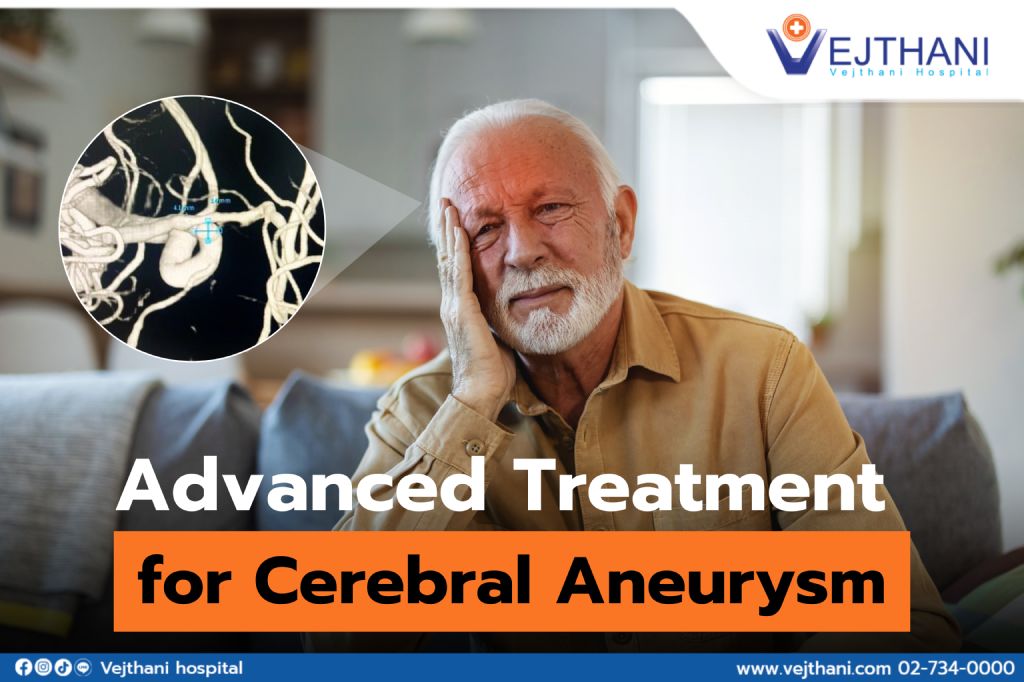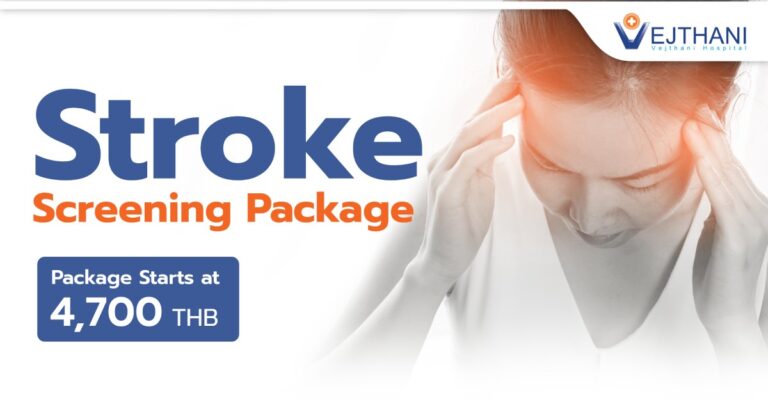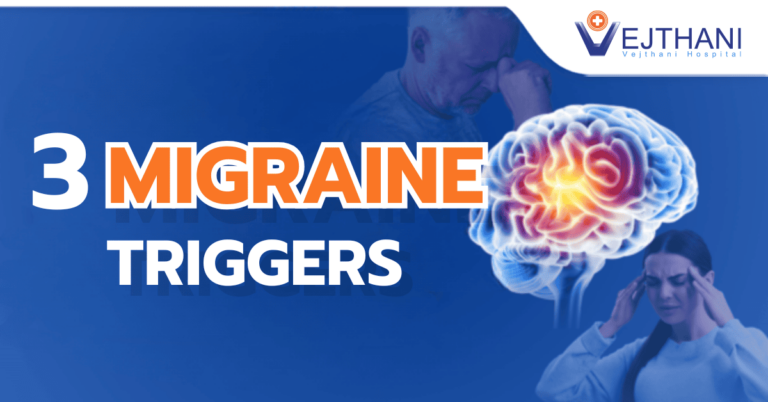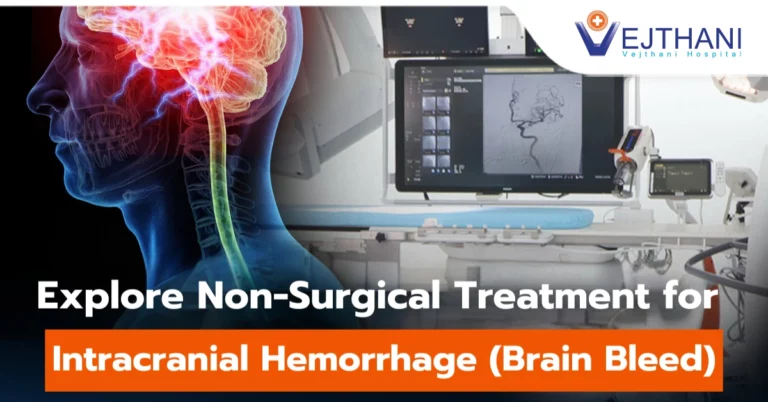

Cerebral aneurysm is a disease that commonly occurs in older adults and its severity depends on underlying conditions, behavior, and environment. Symptoms often go unnoticed until a potential rupture. Cerebral aneurysm specifically happens in a weakened area of an artery in the brain. A bulge in the blood vessel blocks the blood to flow freely, forming a balloon inside. The rupture of the balloon can cause various life-threatening conditions, such as bleeding in the brain, increased pressure on brain tissue, and also stroke. These can lead to severe brain damage, coma, and even death. However, receiving appropriate treatment on time is a primary key to saving lives, reducing complications, and enhancing fast recovery.
When it comes to treating cerebral aneurysm, patients have several choices.
- Microsurgical Clipping: This technique aims to prevent aneurysm rupture or control bleeding by interrupting blood flow to the affected area. The procedure starts by opening the skull and finding the affected artery. Once located, the doctor uses a surgical clip to obstruct the blood flow at the aneurysm neck.
- Endovascular Treatments: This method is considered less invasive and safer than microsurgical clipping, with lower mortality and morbidity rates. The endovascular treatments involve coiling, stent embolization, and stent-assisted coil embolization, it can be divided as follows:
- Embolization with Coiling: One minimally invasive option for treating aneurysms is coiling. During this procedure, the doctor guides a catheter, a flexible thin tube, from the groin artery to the brain, reaching the aneurysm. A coil is then deployed within the aneurysm, blocking it off and preventing blood from entering. This reduces the risk of regrowth and rebleeding. As the aneurysm is deprived of blood flow, it shrinks and hardens, making rupture less likely. Coiling offers advantages like shorter surgery times and faster recovery compared to surgical clipping.
- Flow Diverters: A newer, minimally invasive approach for complex aneurysms. The flow diverter stent disrupts blood flow in the parent artery (the blood vessel that supplies blood to the aneurysm), promoting clot formation within the aneurysm and essentially blocking the way and preventing blood from filling the sac.
- Stent-assisted Coil Embolization: For some complex aneurysms, a combined approach known as stent-assisted coil embolization might be the most effective treatment option. This technique involves using a stent to provide support for the coil that fills in the aneurysm, essentially blocking it off and preventing blood flow. Studies have shown that stent-assisted coil embolization is effective in achieving complete obliteration of aneurysm.
- Biplane Digital Subtraction Angiography (Bi-Plane DSA): This advanced technology employs a specialized X-ray system to obtain detailed images of blood arteries from two angles at once. Doctors can see the aneurysm’s position and shape with excellent precision. During the process, a contrast dye is injected, and the Biplane DSA equipment rotates to obtain clear images. It not only helps visualize the aneurysm but also allows for precise calculation of the size and number of coils required for surgery. When compared to standard CT injectors, Biplane DSA provides a faster and safer method of treating cerebral aneurysms.
If a brain aneurysm ruptures, doctors will focus on managing two key factors: reducing symptoms and preventing complications.
- Medications: The medications help manage pain, reduce the risk of blood vessel narrowing (vasospasm) and its effects, and prevent seizures.
- Definitive Aneurysm Treatment: To prevent the recurrence of aneurysm rupture and further brain damage, surgical clipping or endovascular are definitive treatment to prevent the causes of bleeding. Treatment choice depends on patient factors and clinical status for safety and to achieve the best result of aneurysm treatment.
- Hydrocephalus Treatment: If fluid builds up in the brain (hydrocephalus), catheters or shunt surgery can drain the excess and relieve pressure.
- Rehabilitation: Depending on the brain damage, physical therapy, speech therapy, and occupational therapy can help people re-learn skills they might have lost because of aneurysm rupture.
Early detection and intervention for cerebral aneurysm are crucial for optimal patient outcomes. While a ruptured aneurysm can be treated with various approaches, the primary focus becomes managing symptoms and preventing secondary complications like vasospasm and hydrocephalus. This may involve a combination of medications, potentially invasive procedures, and rehabilitation. It is essential to consult the doctor if you have symptoms like facial numbness on one side, severe headache, dilatation of the pupil, vision change, double vision, and pain above and behind one eye. A thorough evaluation conducted by a specialized healthcare provider can assess individual risk factors and determine if screening is necessary. The doctor will provide a balanced explanation of both the potential benefits and inherent risks associated with each intervention.
For more information, please contact
Neuroscience Center, Vejthani Hospital
Call (+66)2-734-0000 Ext. 5400
English Hotline: (+66)85-223-8888
- Readers Rating
- Rated 5 stars
5 / 5 ( Reviewers) - Spectacular
- Your Rating




























